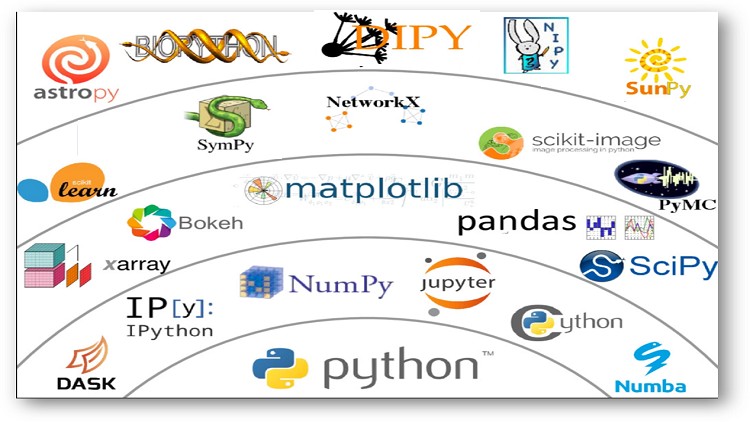Python AI and Machine Learning for Production & Development – Free Udemy Courses
Learn AI & ML using demos
What you’ll learn
Python AI and Machine Learning for Production & Development – Free Udemy Courses
- Developing & deploying AI & Machine Learning applications using python AI & ML frameworks
- how to use the most popular AI & ML frameworks: NumPy, SciPy, Scikit-Learn, Matplotlib
- How to use Jupyter/iPython notebook for interactive development
- How to create a multi-user notebook environment using JupyterHub
Requirements
-
Basic Knowledge of Python
Description
When you want to learn a new technology for professional use, there are two mutually exclusive options, either you learn it yourself or you go for instructor-based training.
Self-learning is the least expensive but a lot of time results in wasting time in finding the right content, setting up the environment, and troubleshooting issues, and may make you give up in the middle.
Instructor-based training can be expensive at times and need your time commitment.
This course combines the best of both these options. The course is based on one of the most famous books in the field “Python Machine Learning (2nd Ed.)” by Sebastian Raschka and Vahid Mirjalili and provides you with video tutorials on how to understand the AI/ML concepts from the books by providing out of box virtual machine with demo examples for each chapter in the book and complete preinstalled setup to execute the code.
You learn the concepts by self-learning and get hands-on executing the sample code in the virtual machine.
The demo covers the following concepts:
- Machine Learning – Giving Computers the Ability to Learn from Data
- Training Machine Learning Algorithms for Classification
- A Tour of Machine Learning Classifiers Using Scikit-Learn
- Building Good Training Sets – Data Pre-Processing
- Compressing Data via Dimensionality Reduction
- Learning Best Practices for Model Evaluation & Hyperparameter Optimization
- Combining Different Models for Ensemble Learning
- Applying Machine Learning to Sentiment Analysis
- Embedding a Machine Learning Model into a Web Application
- Predicting Continuous Target Variables with Regression Analysis
- Working with Unlabeled Data – Clustering Analysis
- Implementing a Multi-layer Artificial Neural Network from Scratch
- Parallelizing Neural Network Training with TensorFlow
- Going Deeper: The Mechanics of TensorFlow
- Classifying Images with Deep Convolutional Neural Networks
- Modeling Sequential Data Using Recurrent Neural Networks
In addition to the preinstalled setup and demos, the VM also comes with:
- Jupyter notebook for web-based interactive development
- JupyterHub for multiuser notebook environment to allow multiple users to simultaneously do development
- Remote desktop
- Visual studio code IDE
- Fish Shell
The VM is available on :
- Google Cloud Platform
- AWS
- Microsoft Azure
Who this course is for:
- Python developers who are interested in learning Artificial Intelligence and Machine Learning









